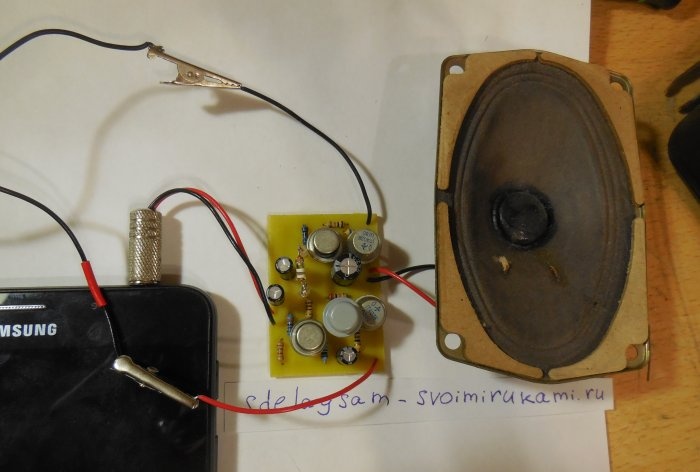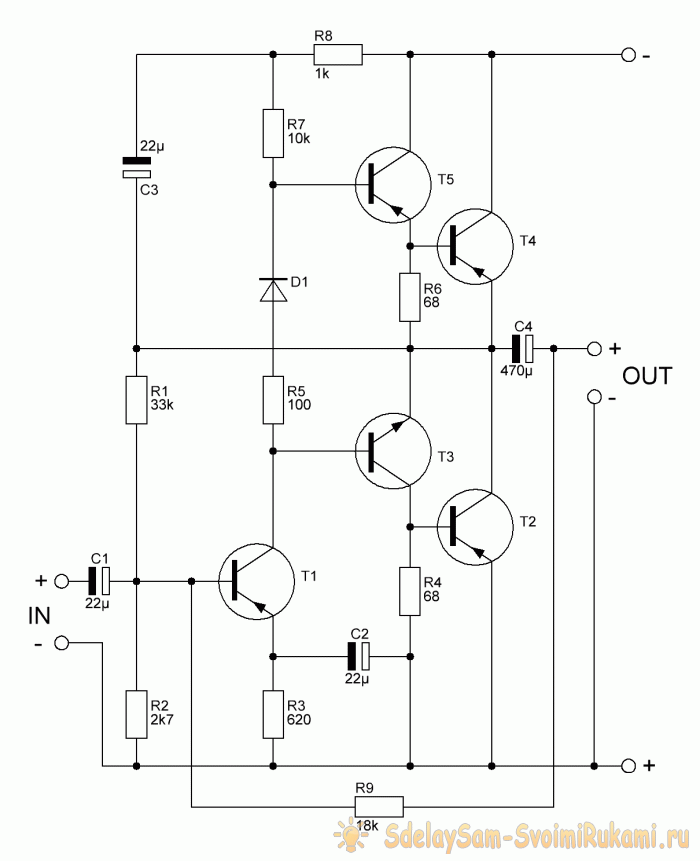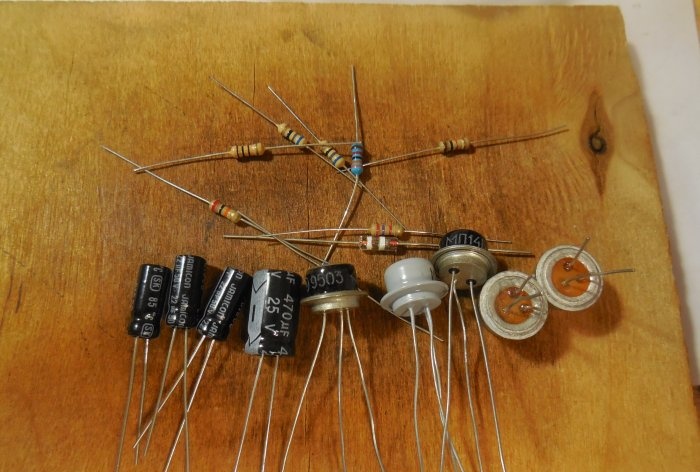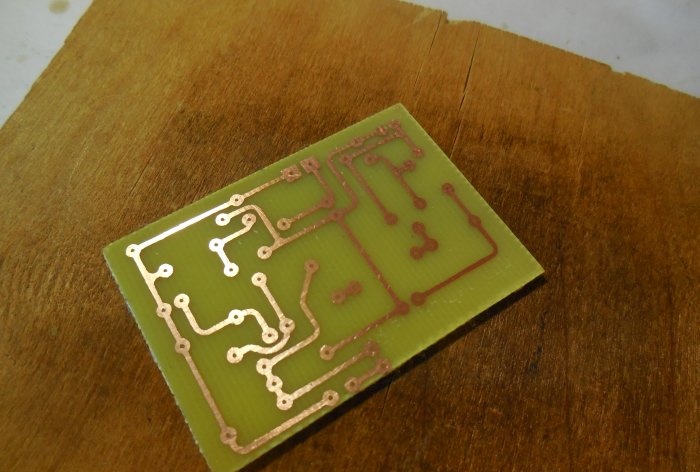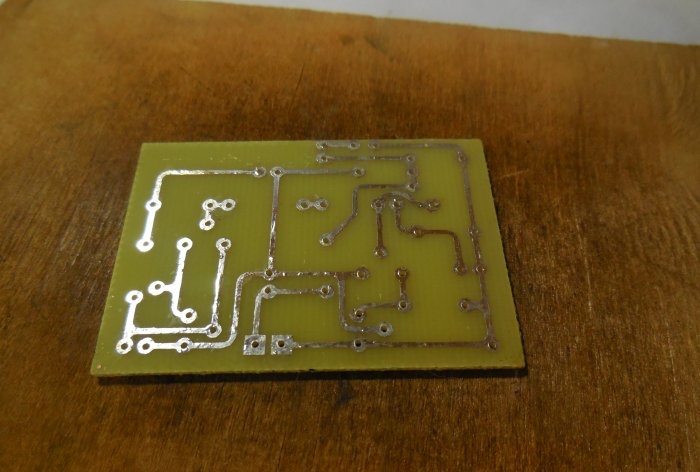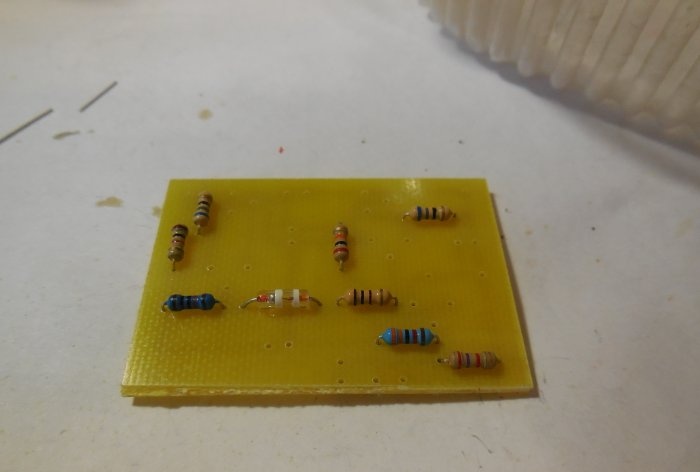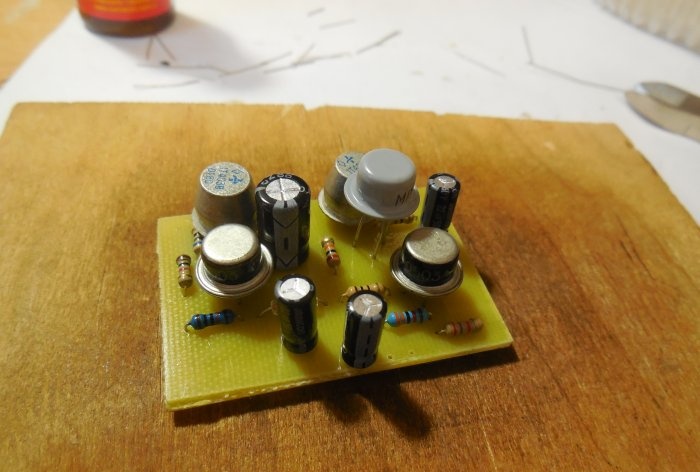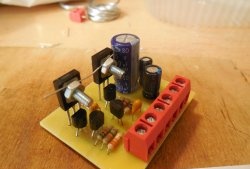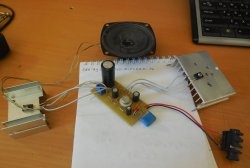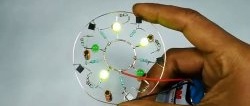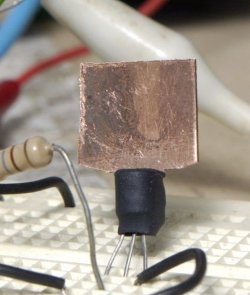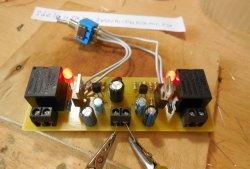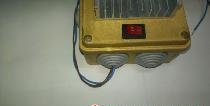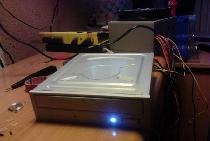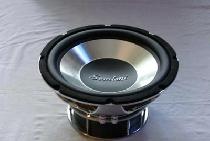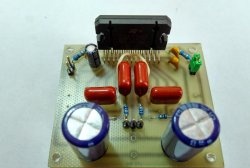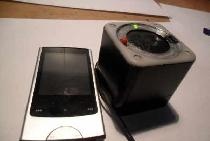As you know, the first transistors that replaced radio tubes were germanium. Their invention played a big role in the development of electronics, making electronic devices more functional, economical and small-sized. However, the era of germanium transistors did not last long - they were soon replaced by more advanced silicon ones. Despite this, a huge number of germanium transistors were produced, and even now, half a century later, they are not very rare.
There is an opinion that the sound of an amplifier built entirely on germanium transistors has a special color, close to a “warm tube” sound. This is what makes germanium transistors so popular among radio amateurs recently. You can listen to the sound of such an amplifier with your own ears if you assemble a very simple circuit given below.
Amplifier circuit
The circuit consists of 5 germanium transistors and a small handful of other parts. Below are several transistor options for this circuit.
- T1 – MP39, MP14, MP41, MP42 (PNP)
- T2, T4 – P217, P213, P210, P605, GT403 (PNP)
- T3 – MP38, MP35, MP36 (NPN)
- T4 – MP39, MP14, MP41, MP42 (PNP)
Any other similar transistors will also be suitable, low-noise ones will be most preferable. It should be noted that the output stage (T2 and T4) must have identical transistors; it is advisable to pair them with the closest gain. Diode D1 is germanium, for example, D9, D18, D311, the quiescent current of the amplifier depends on it. All capacitors are electrolytic, for a voltage of at least 16 volts. The supply voltage of the circuit is 9-12 volts.
Printed circuit board:
Amplifier assembly
The circuit is assembled on a board measuring 40x50 mm, which can be made using the LUT method. Below are photos of the finished tinned board.
Now you can start installing the parts. First of all, resistors are placed on the board, followed by larger capacitors and transistors. It should be borne in mind that germanium transistors, unlike silicon ones, are much more sensitive to overheating.
Powerful output transistors heat up during operation at high volumes, so it is advisable to install them on a radiator (if the transistor case provides such a possibility) and connect them to the board with wires.
After installing all the parts on the board, all that remains is to solder the power wires, signal source and speaker output. The final stage of assembly is to wash off any remaining flux from the board, check for correct installation, and test adjacent tracks for short circuits.
First startup and setup
The germanium amplifier requires quiescent current adjustment, which is set by diode D1. The first step is to apply voltage to the circuit by connecting an ammeter to the gap in the supply wire.If there is no signal at the input, the circuit should consume approximately 20-50 mA. The higher the quiescent current, the greater the heating of the output transistors, but this has a positive effect on the sound quality. If the quiescent current is too low, the sound becomes unintelligible, grinding and hoarseness appear. The current can be increased by adding one or more diodes in series with D1. In my case, to obtain acceptable sound quality, I had to add two additional diodes.
Similar amplifier circuits based on germanium transistors were widely used in antique players, tape recorders, and radios, so it will definitely appeal to all lovers of antiquity. The output power is approximately 5-10 watts with a radiator, so the amplifier is enough to sound an entire room. Happy building!
